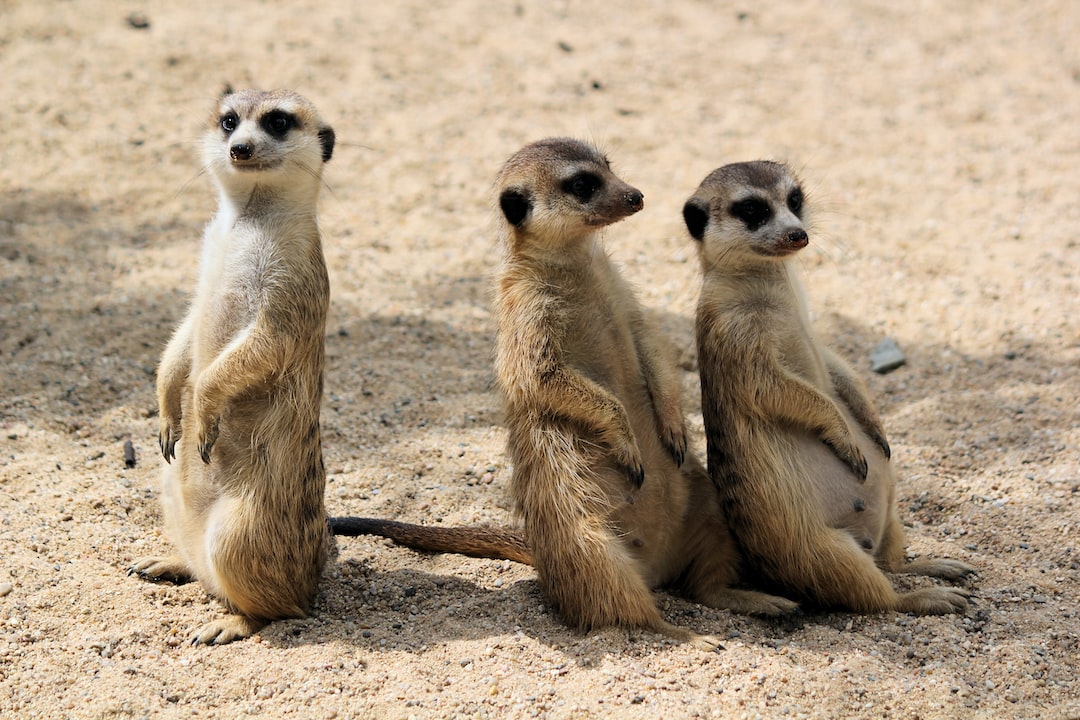The animal kingdom is a vast and diverse group of organisms that includes creatures as small as the tiniest invertebrates to as large as the blue whale, the largest mammal on earth. Despite their differences in size and appearance, animals share many common features in their anatomy.
At the most basic level, all animals are made up of cells, which are the basic building block of life. These cells are organized into tissues, organs, and systems, which work together to maintain the functionality of the organism.
The body of an animal is usually divided into three main parts: the head, the trunk, and the tail. The head typically holds the sensory organs such as eyes, ears, nose, and mouth, which enable the animal to interact with its environment. The trunk is the main body region, which contains the organs necessary for digestion, respiration, and circulation. The tail is a flexible appendage that aids in movement and balance.
One of the most essential systems in the animal kingdom is the skeletal system. It provides support and structure to the body and enables movement. In vertebrates, such as mammals, reptiles, and birds, the skeletal system includes bones, while in invertebrates, such as insects and crustaceans, it is made up of a hard exoskeleton.
Another critical system in the animal kingdom is the muscular system. Muscles work in coordination with the skeletal system to enable movement. For example, the movement of the arms, legs, and wings is achieved through the contraction and relaxation of muscles. In some animals such as worms, muscles are responsible for locomotion.
The digestive system is responsible for breaking down food into nutrients that can be absorbed and used by the body. In mammals, the digestive system includes the mouth, esophagus, stomach, small intestine, large intestine, and rectum. Invertebrates, such as insects, have a simpler digestive system.
The respiratory system is responsible for bringing oxygen into the body and removing carbon dioxide. In mammals, this system includes the nose, trachea, bronchi, and lungs. In invertebrates, such as insects, oxygen is delivered through a network of tubes called tracheae.
The circulatory system is responsible for transporting nutrients, oxygen, and waste products throughout the body. In vertebrates, it includes the heart, blood vessels, and blood. Invertebrates, such as insects, have an open circulatory system.
Finally, the nervous system enables animals to respond to their environment and coordinate the different systems of the body. The brain and spinal cord make up the central nervous system, while the peripheral nervous system includes the nerves that extend throughout the body. In some animals, such as jellyfish, the nervous system is quite simple, while in others, such as primates, it is highly complex.
In conclusion, the anatomy of the animal kingdom is incredibly diverse, but all animals share similar characteristics in their basic structure and organization. Understanding the anatomy of animals is crucial to understanding their behavior, physiology, and evolution.

